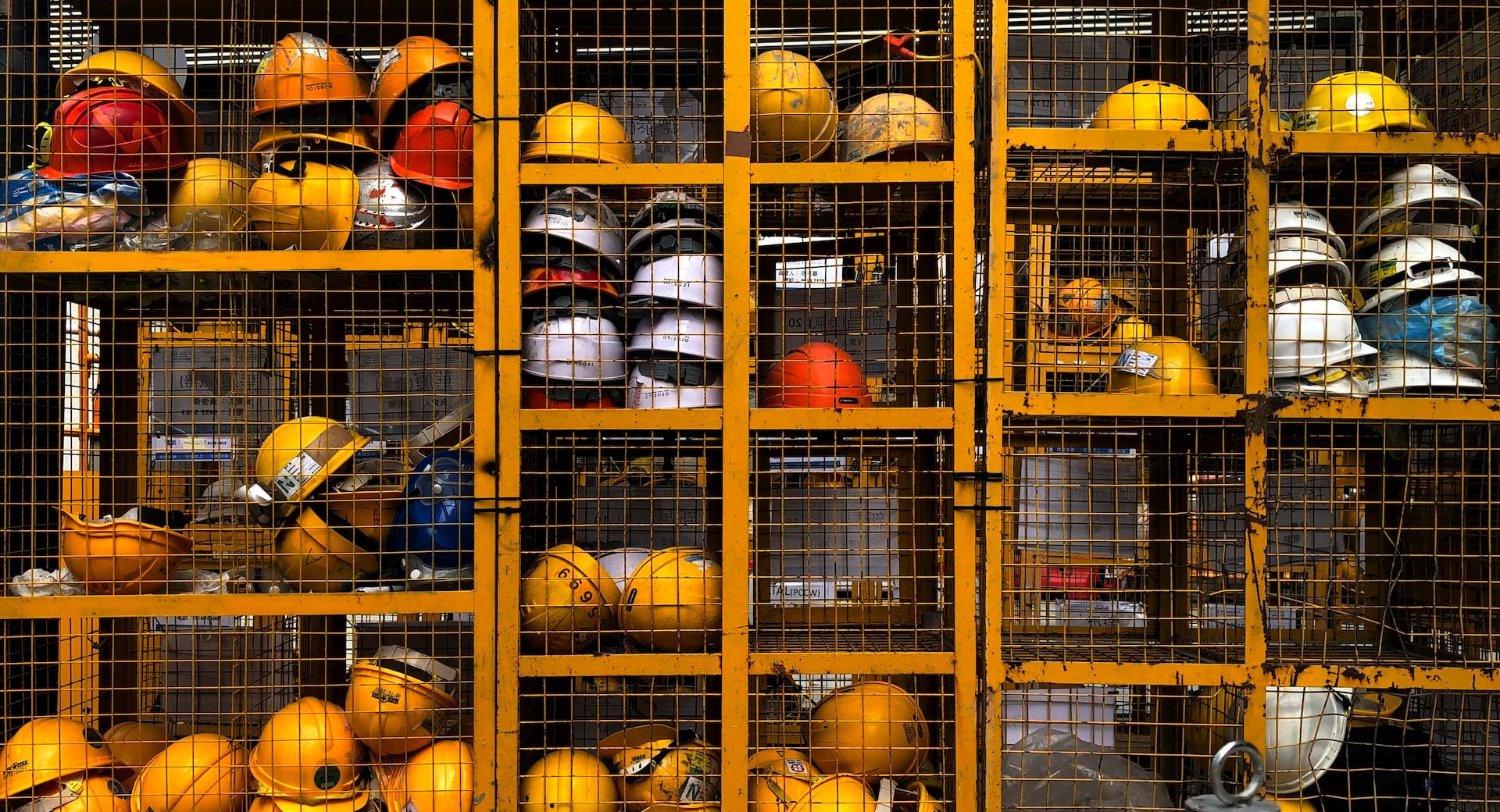
Safety Rules on Digging Protocols for Pipes
The National Inspection Testing and Certification Corporation (NITC) is an independent provider
of certification services to a wide variety of businesses. NITC tests and certifies workforces in the Fire Protection & Safety Systems, HVACR Medical Gas, Pipefitting, Plumbing, and associated industries. This article is an effort to communicate important safety rules on digging protocols for pipes.
OSHA Trenching & Excavation Safety
Trenching and Excavation Safety is a standardized set of safety precautions for trenching and excavation cited by the U.S. Occupational Safety and Health Administration (OSHA) to eliminate hazards and control risks in compliance with regulations.
Excavation and trenching are among the most dangerous undertakings in the construction industry. The dangers can involve cave-ins, falling loads, hazardous atmospheres, and risks from using heavy equipment. Specifically, the perils involve:
- The collapse of the sides of the excavation (The U.S. Bureau of Labor Statistics data reveal that 75% of excavation-related fatalities are caused by cave-ins.
- Materials falling onto people.
- Falls, by either people or vehicles.
- Nearby structures collapsing into the excavation.
- Explosion, electrocution, gas leak, or flooding, caused by damage to underground services.
Recommended Safety Measures
Planning and protective actions such as sloping the ground, benching the ground, shoring the trench with supports for example planking or hydraulic jacks, and shielding the trench using a trench box must be properly implemented. In addition:
- Collapsing can be avoided by supporting the sides by either battering them or supporting them with sheets.
- Construction materials should be stored at a safe distance from the excavation, this will help reduce the risk of them falling onto people.
- Adding barriers to an excavation site is an essential precaution to avoid people falling into the trench.
- It is safer if vehicles are kept away from the excavation area, but if required the use of barriers and stop-blocks will help mitigate that danger.
- Cable, pipe, and service diagrams should be used to ensure that the location of underground services is known, can be marked on the ground, or, ideally, be avoided entirely.
- Around the areas where there are underground services, the operation of all mechanical equipment should be prevented, and instead, use spades and/or shovels.
- The use of picks and forks should also be prevented as they are more likely to pierce
cables and pipes.
- Flooding can be prevented by making sure that there is appropriate pumping equipment
so that any water that seeps into the excavation can be easily pumped out immediately to a safe area.
5 Essential Training and Communication Topics
- Conduct frequent safety training. All training in the U.S. must conform to national standards and industry best practices from recognized associations. For example, the American Gas Association offers pipeline safety guidelines to enhance pipeline safety in the natural gas industry.
- Site supervisors should ensure the Proper Pipeline Excavation Procedures outlined above have been followed.
- All site employees must be trained and equipped with the proper Personal Protective Equipment (PPE). Standard onsite safety PPE includes safety goggles, hard hats, safety boots (with steel toes), and gloves.
- Ensure adequate training for operators of heavy-duty machinery occurs. All heavy equipment operators such as excavators, forklifts, and trucks should be adequately trained and briefed on the correct job procedure and practices at the job site.
- Maintain Correct Pressure Testing Procedures. Never test or operate pipelines beyond their Maximum Operating Pressure (MOP).
For more information about The National Inspection Testing and Certification Corporation
(NITC) testing programs, and procedures visit https://nationalitc.com/.

